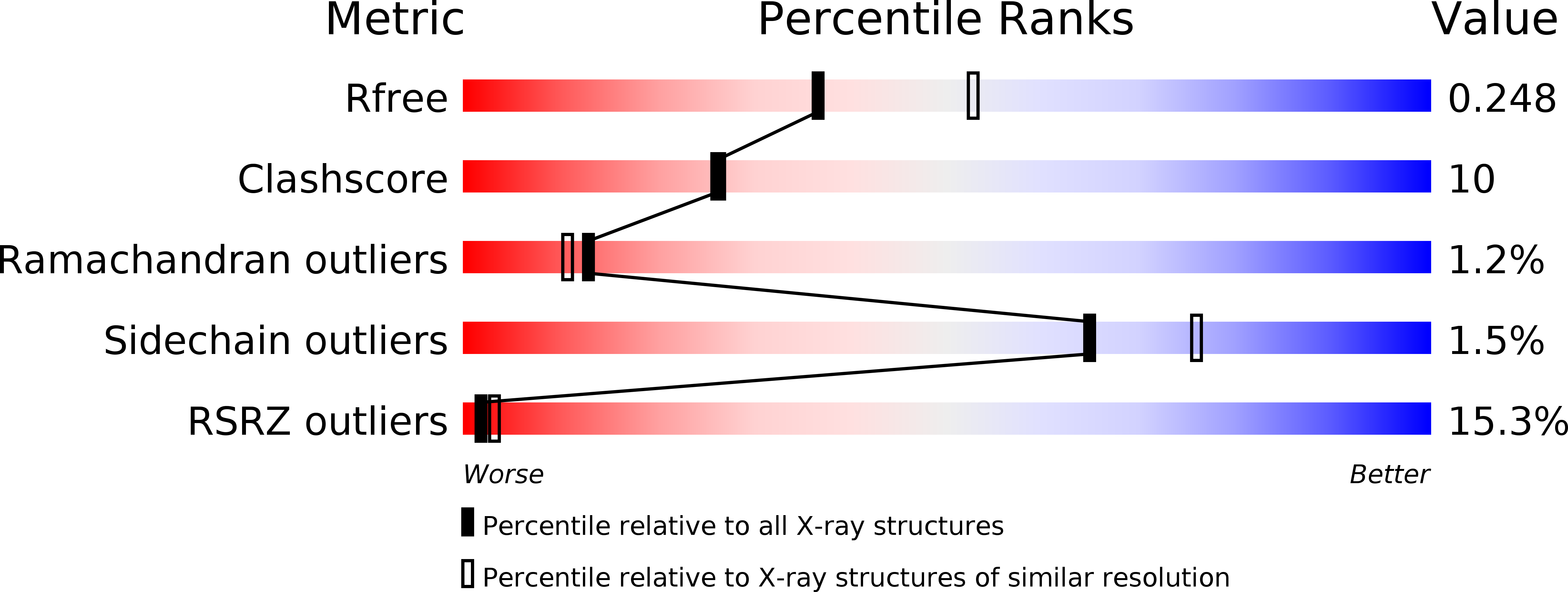
Deposition Date
2012-05-11
Release Date
2013-01-02
Last Version Date
2024-02-28
Entry Detail
Biological Source:
Source Organism:
Sulfolobus acidocaldarius (Taxon ID: 330779)
Sulfolobus solfataricus (Taxon ID: 273057)
Sulfolobus solfataricus (Taxon ID: 273057)
Host Organism:
Method Details:
Experimental Method:
Resolution:
2.34 Å
R-Value Free:
0.25
R-Value Work:
0.22
R-Value Observed:
0.22
Space Group:
P 1 21 1


